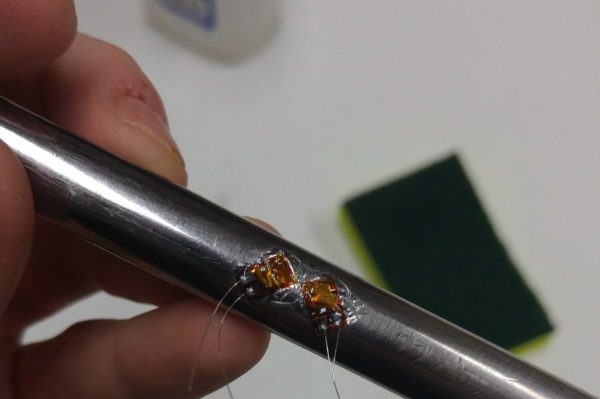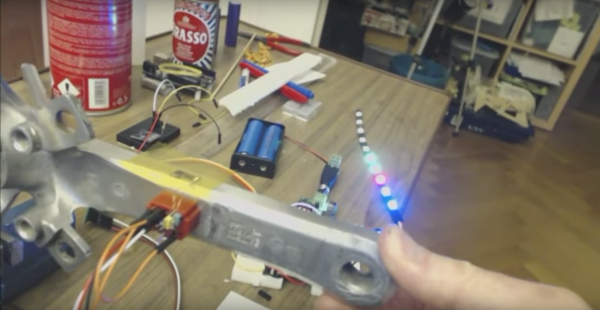Our old algebra teacher used to say, “You have to take what you know and use it to get what you don’t know.” That saying always reminds of us sensors that convert physical quantities into things our microcontrollers can measure. Sometimes the key to a project is knowing what kind of sensor will read the physical properties of the system you are interested in. If that physical property is weight, you can use what is known as a load cell. [DegrawSt] uses four 50 kg load cells to create a bathroom scale using an Arduino.
Load cells typically contain strain gauges that change resistance when deformed. This actually measures force, but if you mount them so they measure the force exerted by you standing on a platform, you get a scale. A load cell usually has four strain gauges in a bridge configuration. This causes a voltage across the bridge, although the output can be noisy and on the order of millivolts.
Continue reading “Load Cells Tell You To Lay Off The Donuts”


















